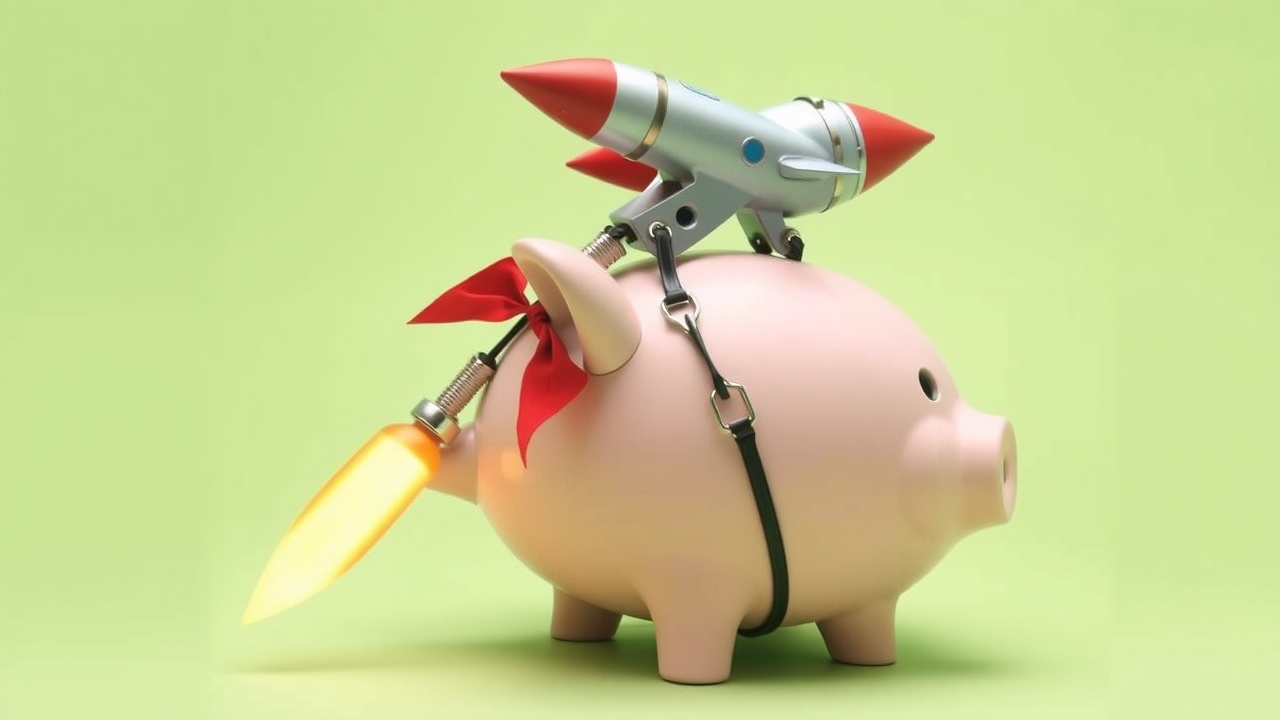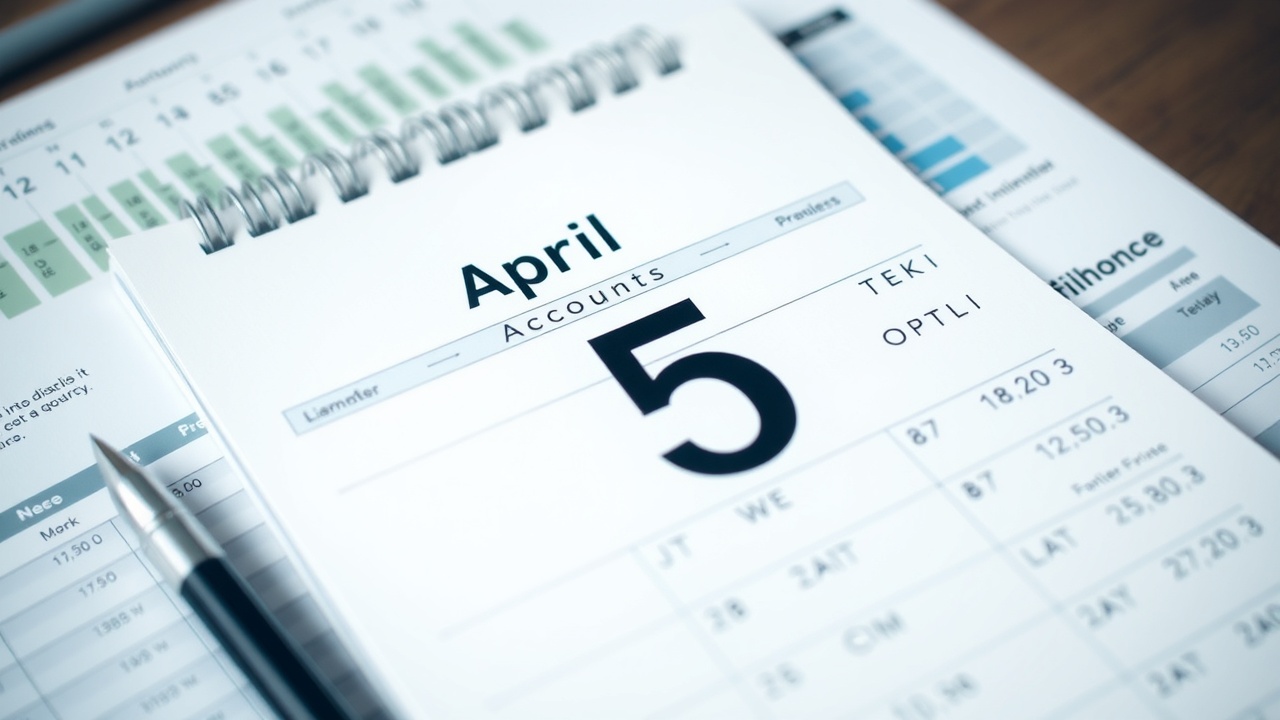
April saw the highest deposits ever made into cash ISAs, despite rumors that chancellor Rachel Reeves was considering reforming allowances
According to Bank of England data, savers deposited an additional 14 billion into cash ISAs in April, the most since the savings products' introduction in 1999.
This rush has primarily benefited easy access cash ISAs, as savers have been drawn to them by the attractive headline rates and bonus rates. Right now, the top cash ISAs are yielding rates that beat inflation by up to 5 point 46 percent.
Savings account rates, however, may soon decrease due to the Bank of England's interest rate cut.
The announcements made by chancellor Rachel Reeves that she wants to change ISAs to encourage more people to invest in stocks and shares rather than cash have alarmed savers.
There are now worries that the cash ISA limit might be cut to as low as £4,000. Savers currently have the option to use their entire 20,000 ISA allotment for cash savings if they so choose.
"It would be a mistake and undermine confidence in one of the UK's financial services success stories; ISAs have made a tangible difference to people's savings," cautioned Andrew Wright, head of savings at Paragon Bank, about future restrictions on ISA cash.
According to our research, if the ISA cash threshold were lowered, savers would move their money to non-ISA accounts rather than into stocks, which is essentially a stealth tax if it means they would be in violation of their personal savings allowance, he continued.
Are you not sure which ISA is best for you? A cash ISA might be a good short-term option, but a stocks and shares ISA is a good long-term option.
The head of active savings at wealth firm Hargreaves Lansdown, Mark Hicks, stated: "Tax-saving became the top priority due to rising interest rates and brewing debates regarding the future of the cash ISA.
He continued, "The volume of withdrawals from easy access savings appears to suggest that a sizable amount of ISA savings has originated from individuals taking money out of savings accounts and transferring it to their ISA equivalents at either end of the tax year, in order to benefit from the tax savings."
In April, savers took out 11.5 billion from interest-bearing easy-access accounts and 6.3 billion from interest-free accounts.
What time will savings rates decline?
Rates remained high as competition intensified at the end of the tax year, but they have since decreased.
The average rate for easy access accounts decreased from 2 points to 1 point to 1 point, while the average rate for new fixed savings accounts increased from 0 points to 4 points. That includes cash ISAs and savings accounts as well as anything else categorized as an individual deposit.
As fixed term rates have been rising and easy access deals have become less generous, Hicks stated that although fixed terms may not have the same headline rate, the difference has been narrowing because easy access rates are far more susceptible to base rate reductions.
"If global inflation worries continue to be high and gilt yields continue to rise, savings rate cuts are likely to slow and longer fixed terms may rise," he added.
"The market may lose faith in rate cuts if inflation is extremely sticky, which would prolong the period of high savings rates.
It's worth comparing and switching to take advantage of the best offers available, as Hicks noted that online banks and savings platforms typically offer the best rates.
Forecasting is more challenging, he said, because of the current state of uncertainty, "so it's important to find the right balance between fixed and easy access savings for your own needs rather than trying to second guess what happens next in the world economy."














Leave a comment on: Fears of reductions in allowance cause savers to flock to cash ISAs